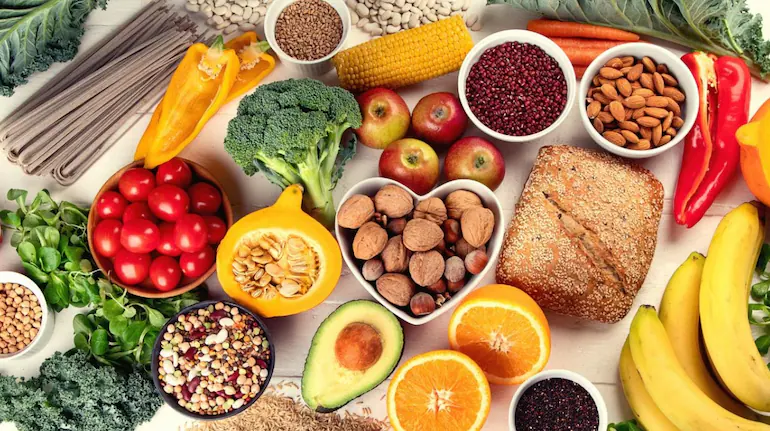Introduction: Why a Weight Loss Diet Matters
When people think of slimming down, the first thing that comes to mind is often food. What should I eat? What should I avoid? How much is too much? At the core of every successful journey is a carefully designed weight loss diet—a nutritional approach that not only reduces calories but also supports overall health.
Unlike fad diets that promise quick results, a sustainable eating plan builds habits that can be maintained for years. This article explores the science, strategies, and practical steps for creating a balanced diet that fuels your body while helping you achieve your goals.
Understanding the Basics of a Weight Loss Diet
Every diet plan works by manipulating the balance between calories consumed and calories burned. However, not all calories are created equal. A cookie and a bowl of oats may contain similar calories, but their effects on energy, hunger, and metabolism differ dramatically.
A successful weight loss diet emphasizes nutrient density—foods that provide vitamins, minerals, fiber, and protein while remaining relatively low in calories.
Key Principles of an Effective Plan
- Calorie Deficit Without Starvation
Reducing calories too drastically slows metabolism and increases cravings. The goal is a moderate deficit, usually 300–500 calories less than your daily needs. - Prioritizing Protein
Protein helps preserve lean muscle during fat loss and keeps you full longer. Lean meats, legumes, and dairy are excellent sources. - Healthy Fats in Moderation
Avocados, olive oil, nuts, and seeds provide essential fatty acids that support hormones and satiety. - Smart Carbohydrates
Whole grains, fruits, and vegetables deliver energy, fiber, and micronutrients while avoiding the blood sugar spikes caused by refined carbs.

Foods to Include in a Weight Loss Diet
- Vegetables: Low in calories but rich in fiber and nutrients.
- Fruits: Provide natural sweetness and essential vitamins.
- Lean Protein: Chicken, fish, tofu, beans, and eggs.
- Whole Grains: Brown rice, quinoa, oats, and barley.
- Healthy Fats: Nuts, seeds, avocado, and olive oil.
- Hydration: Water, herbal teas, and broths support metabolism.
Foods to Avoid or Limit
- Processed Snacks: Chips, cookies, and candies add empty calories.
- Sugary Drinks: Soda, juices, and energy drinks contribute to rapid weight gain.
- Refined Carbs: White bread, pasta, and pastries spike blood sugar.
- Excessive Alcohol: High in calories and disrupts fat metabolism.
Sample Daily Plan
Breakfast: Oatmeal with berries and almonds
Snack: Greek yogurt with chia seeds
Lunch: Grilled chicken salad with olive oil dressing
Snack: Apple slices with peanut butter
Dinner: Salmon, quinoa, and steamed broccoli
This sample reflects the balance of protein, carbs, and fats that define an effective weight loss diet.
Popular Approaches
- Mediterranean Diet – Emphasizes fresh produce, fish, olive oil, and whole grains.
- Low-Carb Diets – Reduces carbs to control insulin and promote fat burning.
- Plant-Based Diets – Focuses on fruits, vegetables, legumes, and whole foods.
- Intermittent Fasting – Restricts eating to specific windows of time.
Each of these methods can work if it aligns with personal preferences and is followed consistently.
The Psychology of Eating
Food is not just fuel—it’s also emotional and cultural. Many people struggle with overeating because of stress, boredom, or habit. Developing mindful eating practices, such as chewing slowly and savoring meals, helps strengthen control.
Common Mistakes in a Weight Loss Diet
- Skipping Meals: Leads to overeating later.
- Relying on “Diet Foods”: Many packaged items marketed as healthy are filled with hidden sugars.
- Overlooking Liquids: Beverages can quietly add hundreds of calories.
- Being Too Rigid: Overly strict rules often lead to binges.

Long-Term Success
Sustainability is the key. A weight loss diet should not feel like punishment. It should be enjoyable, nourishing, and flexible enough to adapt to different life situations. By focusing on balance rather than restriction, you create a foundation that lasts.
Conclusion
Food is one of the most powerful tools for transformation. A well-designed weight loss diet not only reduces excess body fat but also improves energy, mood, and long-term health. By prioritizing whole foods, practicing moderation, and staying consistent, you can create a plan that fits seamlessly into your lifestyle.
Remember, the best diet is not the trendiest—it’s the one you can follow for years while still enjoying life.

